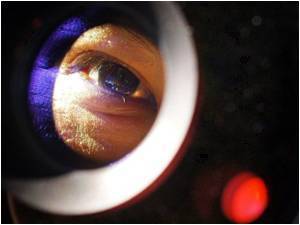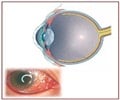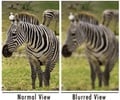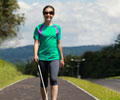Researchers have shown how some people with face blindness-a hereditary condition- fail to easily recognise faces in 3-D in a new study

This is because brain uses the 2D snapshots perceived by eyes (like a camera) to build and store a 3D mental representation of the face, which is resilient to such changes.
This is an automatic process that most of us are not consciously aware of, and which appears to be a challenge for people with a particular type of face-blindness.
Prosopagnosia is a condition in which the ability to recognize faces is impaired; it can arise from damage to the brain or can also be present from early childhood, without any discernible brain damage.
The latter is known as Developmental Prosopagnosia (DP) and in many cases it runs in families.
To investigate familial prosopagnosia, Drs. Yunjo Lee and Hugh Wilson at York University in Canada, together with colleagues from University College London and Harvard University, extensively assessed the face-processing abilities of three cases of DP within a single family.
Advertisement
All three are highly educated and socially well integrated; they know what a face looks like and can read facial expressions, attractiveness and gender from the face.
Advertisement
However, the study showed that changes in lighting conditions and viewing angles affected their ability to recognize faces.
For example, one of the daughters was able to detect subtle differences between two faces when looking at them from the same angle, but not when viewed from different angles.
The findings of this study suggest that some cases of familial DP result from an inability to form a robust mental representation of a face that can cope with changes in viewpoint or other conditions.
The study has been reported in the latest issue of Elsevier's Cortex.
Source-ANI













